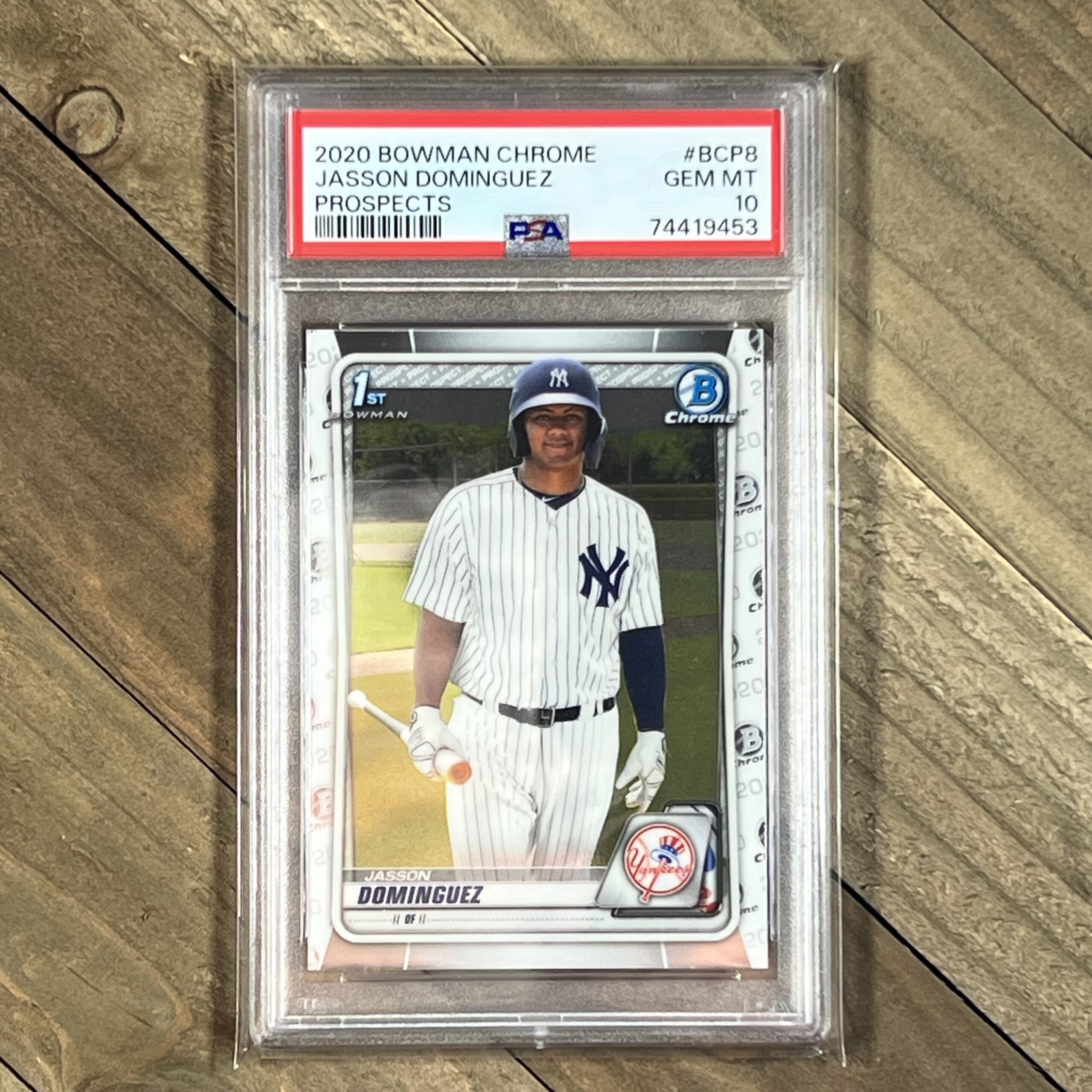Silver Stacking: Unveiling the History and Value of Precious Metal
In a world where currencies rise and fall, silver has stood the test of time as a symbol of wealth, value, and security. The concept of “silver stacking” has gained momentum in recent years, drawing both seasoned investors and newcomers into the world of precious metals. Beyond its allure as a store of value, silver’s historical role in the evolution of money sheds light on its enduring significance.
From Barter to Bullion: The Genesis of Money
Long before the advent of coins, civilizations relied on a barter system to facilitate trade. The limitations of barter – lack of divisibility, durability, and portability – led to the innovation of commodity money. Among these commodities, silver emerged as a preferred medium of exchange due to its rarity, malleability, and resistance to tarnish. Silver’s intrinsic value and versatility made it a natural choice for early monetary systems.
The Birth of Coinage: Silver’s Transformation
Around 600 BCE, the Lydians of ancient Anatolia minted the first standardized coins, marking a pivotal moment in monetary history. These coins, made of electrum – a naturally occurring alloy of gold and silver – laid the foundation for the concept of uniform currency. However, it was the Greeks who perfected coinage by introducing silver and gold coins of varying denominations, enabling greater flexibility in trade and commerce.
The Roman Empire further elevated silver’s status in coinage. The denarius, a silver coin, became synonymous with Roman currency and spread across their vast empire. Its widespread acceptance contributed to the growth of international trade and the solidification of silver as a global currency.
The Silver Standard and Global Commerce
As civilizations expanded and trade routes intertwined, silver gained prominence as a standard for international trade. The Silk Road, connecting the East and West, facilitated the exchange of goods, ideas, and – crucially – silver. China’s silver-based economy thrived, with merchants traversing continents to secure this precious metal.
The era of colonialism saw silver playing a pivotal role in shaping the global economy. The Spanish conquistadors’ discovery of vast silver deposits in the Americas led to the influx of silver into Europe and Asia. This newfound abundance of silver, along with the already established trade networks, laid the groundwork for the silver standard, where the value of a nation’s currency was pegged to a fixed amount of silver.
The Silver Rush and Industrial Revolution
The 19th century witnessed the phenomenon of silver rushes, reminiscent of the gold rushes, as explorers sought silver deposits in regions like Nevada’s Comstock Lode. The newfound influx of silver sparked debates over monetary policies and led to the transition from the bimetallic standard (silver and gold) to the gold standard in many nations.
The Industrial Revolution brought new dimensions to silver’s utility. Its exceptional conductivity and reflectivity made it an essential component in electrical and technological applications. This growing demand, combined with fluctuations in supply, contributed to silver’s dual identity as an industrial metal and a store of value.
Silver Stacking: Modern Investment and Numismatics
In the modern era, silver’s value extends beyond its industrial applications. The concept of “silver stacking” has gained traction among individuals looking to diversify their investment portfolios. Silver’s historical significance, scarcity, and potential as a hedge against economic uncertainties make it an attractive choice for investors seeking tangible assets.
Numismatics, the study and collection of coins, provides a bridge between silver’s historical significance and its investment potential. Collectors are drawn to the intricate designs, historical context, and rarity of silver coins. Each coin is a tangible piece of history, carrying the stories of nations, cultures, and individuals.
The Path Forward: Exploring Silver’s Value
As we navigate the complex landscape of modern finance and investment, the allure of silver remains undiminished. The history of silver in money, from its role in ancient civilizations to its status as a symbol of wealth, is a testament to its enduring worth.
At Red Fox Trading Post, we celebrate silver’s legacy through our offerings on the “Coin Dealer” page. From Morgan and Peace dollars to historical currency, our curated collection showcases the beauty and value of silver coins. For those eager to delve deeper, our “US Coin Silver Price” page provides insight into the melt values of various silver coins based on current silver prices.
As you embark on your journey of silver stacking, remember that each ounce of silver represents a link to the past, a store of value, and a tangible piece of history. Whether you’re a collector, an investor, or someone seeking to preserve wealth, silver’s story continues to unfold, inviting us to explore its value in an ever-changing world.

